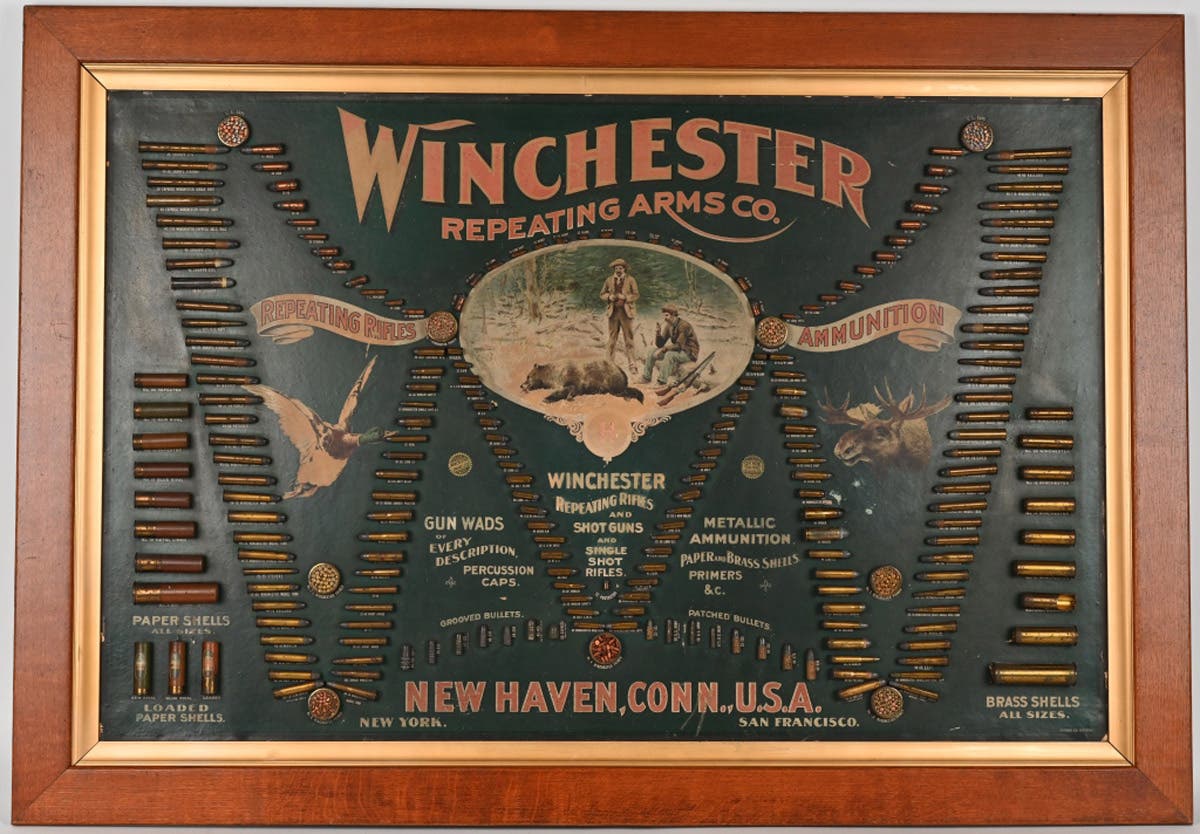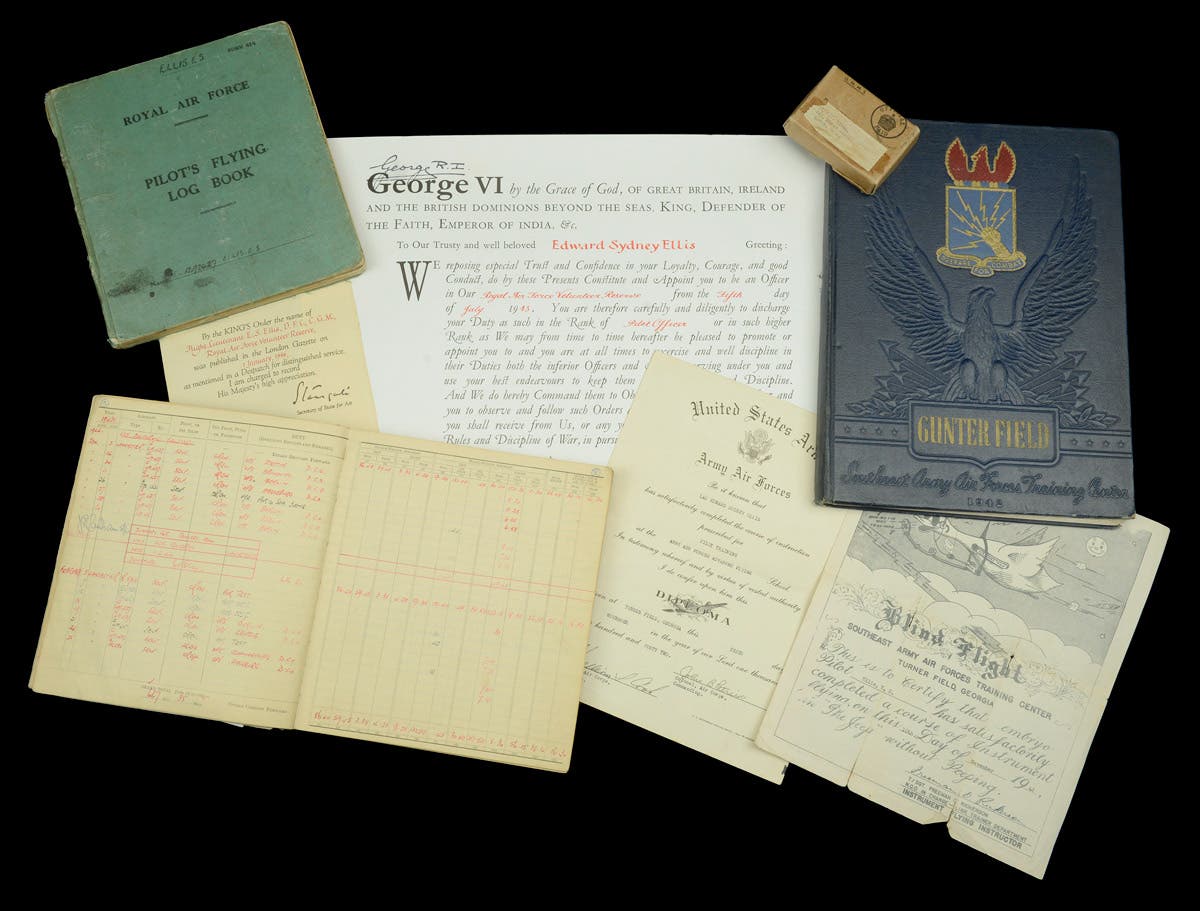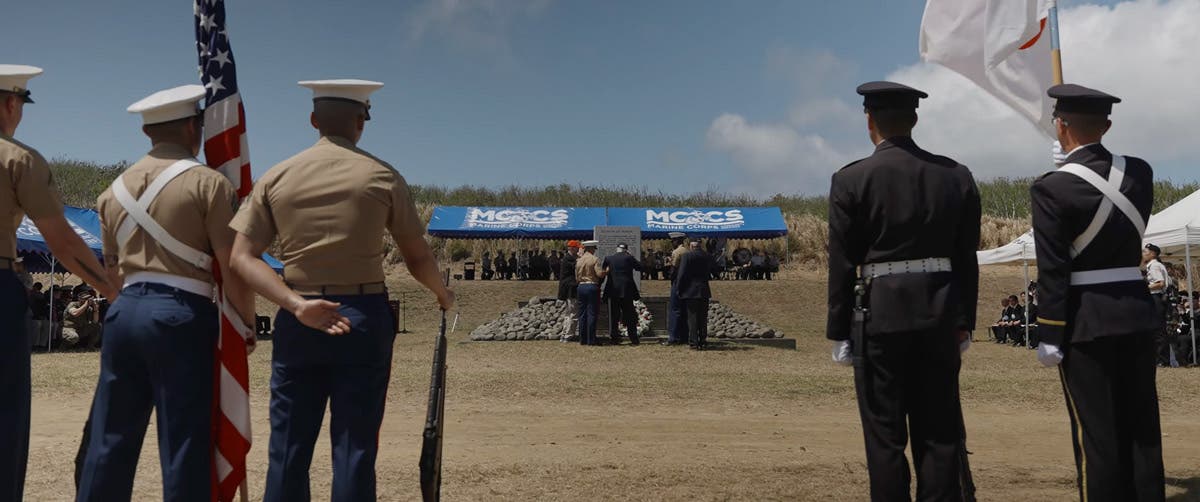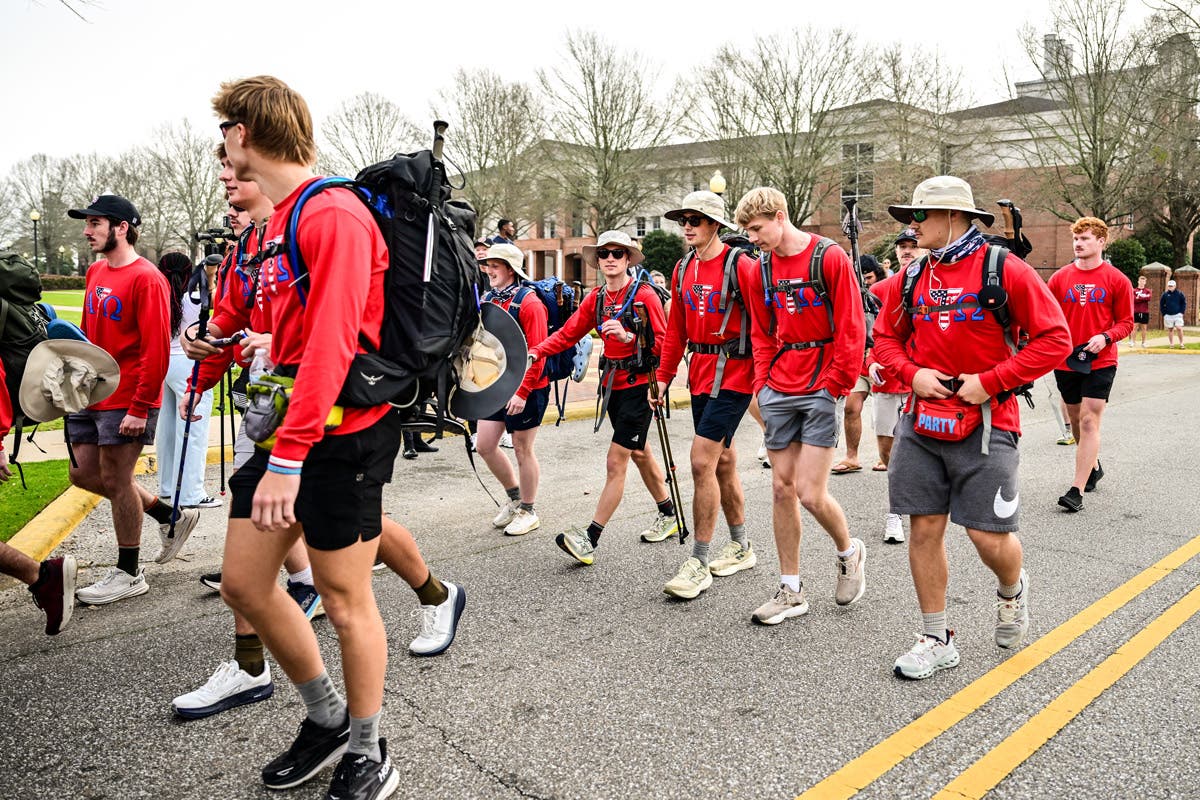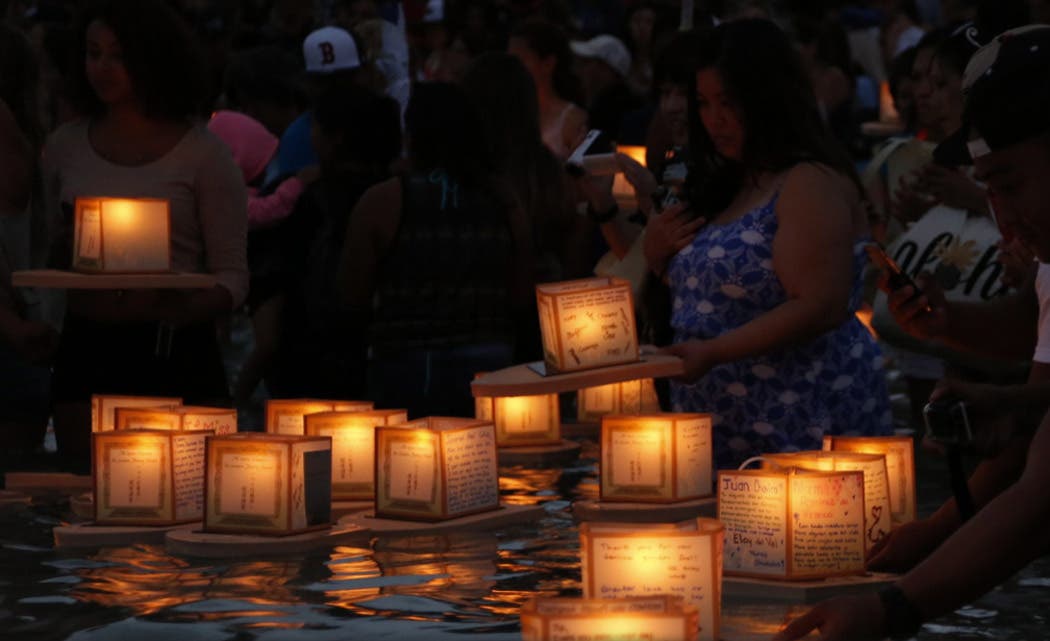The Spirit of the American Doughboy
by Scott Kraska As I have prowled antique shows and flea markets over the years, I have repeatedly seen small, twelve-inch statues of an American doughboy. I have owned about…
by Scott Kraska
As I have prowled antique shows and flea markets over the years, I have repeatedly seen small, twelve-inch statues of an American doughboy. I have owned about seven or eight over the years and probably have seen another fifty for sale.
These bronze painted statues depict a WWI American soldier advancing through no man’s land with a rifle in one hand and a grenade being thrown from a somewhat awkward position. Although improbable in pose, I have always found them to have a certain charm.
Some of these statues had lamp sockets attached. I had always surmised some backyard craftsman had electrified them.
Most are in sad condition with bayonets broken away and sometimes missing the entire rifle and hand. I had also seen a seven-foot tall monument version, made by the same sculptor, and had been told there was a connection between the two. I decided to do some research to find out the connection.
SPIRIT OF THE AMERICAN DOUGHBOY
The statue was designed by the sculptor and aggressive self-promoter, E. M. Viquesney in 1920. It was made of over seventy pieces of individually-struck sheet copper (later zinc) and welded together over a steel under-frame. The whole sculpture was then bronzed. These statues cost approximately $1,500 in the 1920s —about $15,000 in today’s dollars. Still, this was significantly cheaper than communities commissioning their own cast bronze sculpture. Viquesney seized on the statues’ popularity and marketed them extensively. In April 1921, Viquesney won the design contest for the American Legion’s efforts to commemorate the World War. The design was shown in various newspapers and there was an overwhelming demand for it. They now stand in approximately one-hundred and forty locations across the United States.
Beginning in June 1921, Viquesney began producing twelve-inch-tall, bronzed white metal doughboy sculptures. They were used as fundraising tools for raffles, gifts for donors and other ways to raise money for the full-sized example. Viquesney even designed fundraising kits with instructions and posters for generating money.
The design was a gold mine for Viquesney and he began making thousands of these statues. He spun off many other variations on the theme, which included the Doughboy lamp with shade (which had a choice of three shade colors with applied metal poppies), the candle holder version (sold at a discount if purchased as a pair), and the incense burner version (where smoke would waft through the stumps and barbed wire giving an eerie feeling to no man’s land).
He used magazine advertisements as his main source for sales and was known for his colorful language. A 1920s brochure reads, “Of inexpressible beauty, ‘The spirit of the American Doughboy’ Art Lamp has found a warm place in the hearts of all who have seen it. Mothers whose sons made the supreme sacrifice find solace in this, their personal memorial to loved ones who never came back.”
These statuettes were priced around $5 in 1921 and climbed to about $8.50. The lamp version was the most expensive, running from $8.75 to $12. Some other forms were experimented with and sold in smaller numbers, including a plaster version, plaster version with lamp and a six-inch metal version.
Production was huge during the 1920s but when the Depression hit, things started slowing down. The last production of the doughboy statuette is not known, but is estimated to be 1946. Estimates for production are all over the place—due to the sculptor’s own misleading claims—but may be as high as over 25,000 units.
Collectors will find two markings on the doughboy castings. “Americus, Georgia” represents early production between 1921 and 1925 and “Spencer, Indiana” represents production from 1926-1946. Value depends on condition, of course. Doughboys that are complete with bayonet and original untouched finish are rare and would command $200-250.
The average condition—missing the bayonet—is valued at about $150. Statues missing the entire rifle or otherwise broken, go for around $50.
One could argue a premium for the incense burner due to its rarity, but it only ads another $50 for a perfect example. Regardless, the “Spirit of the Doughboy” lamps or incense burners remain a quaint reminder of 1920s America, and the nation’s desire to commemorate her soldiers. J
Scott Kraska is the owner of Bay State Militaria in Leominster, Mass., and a lifelong collector of U.S. militaria and uniforms. He can be reached at www.baystatemilitaria.com.



